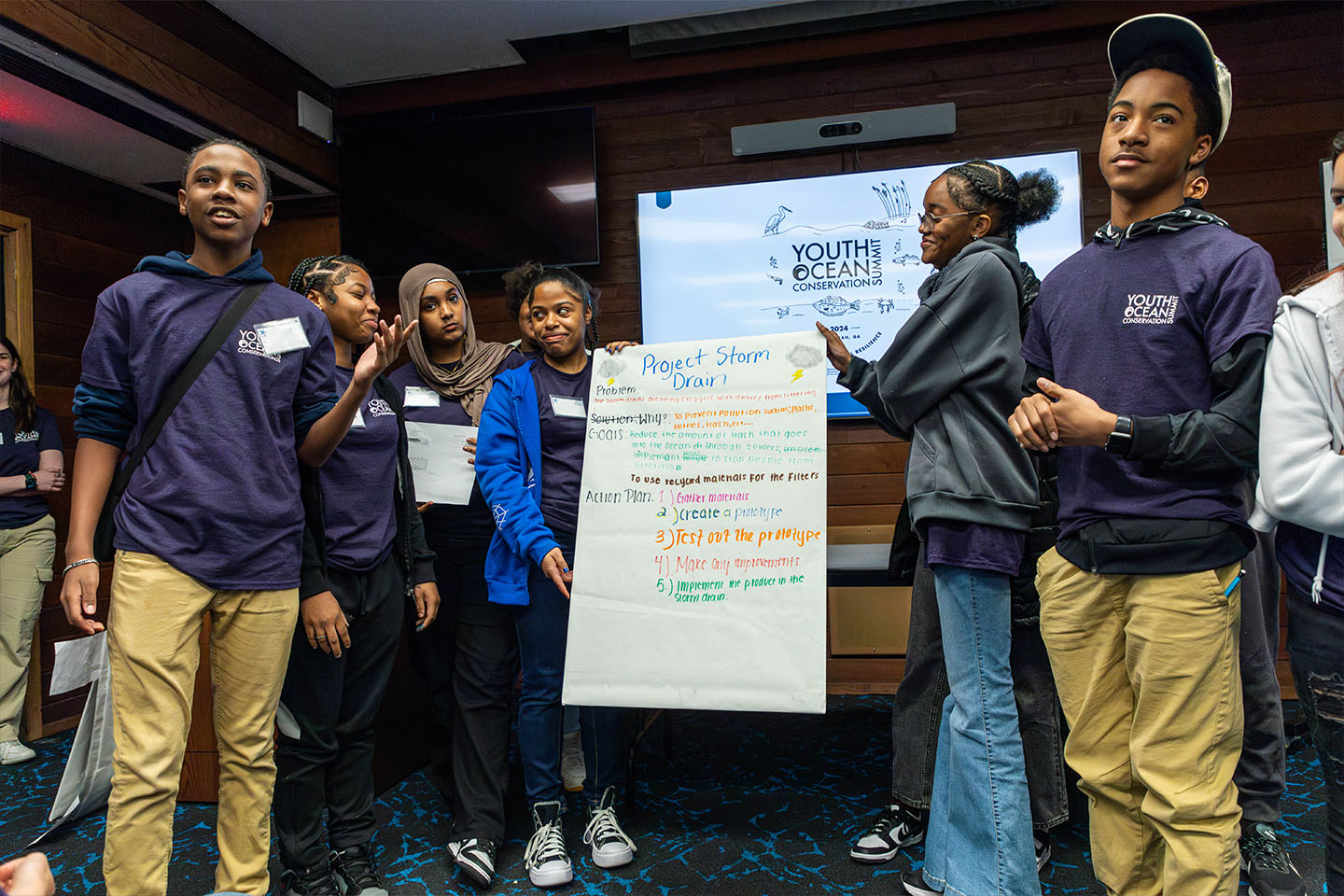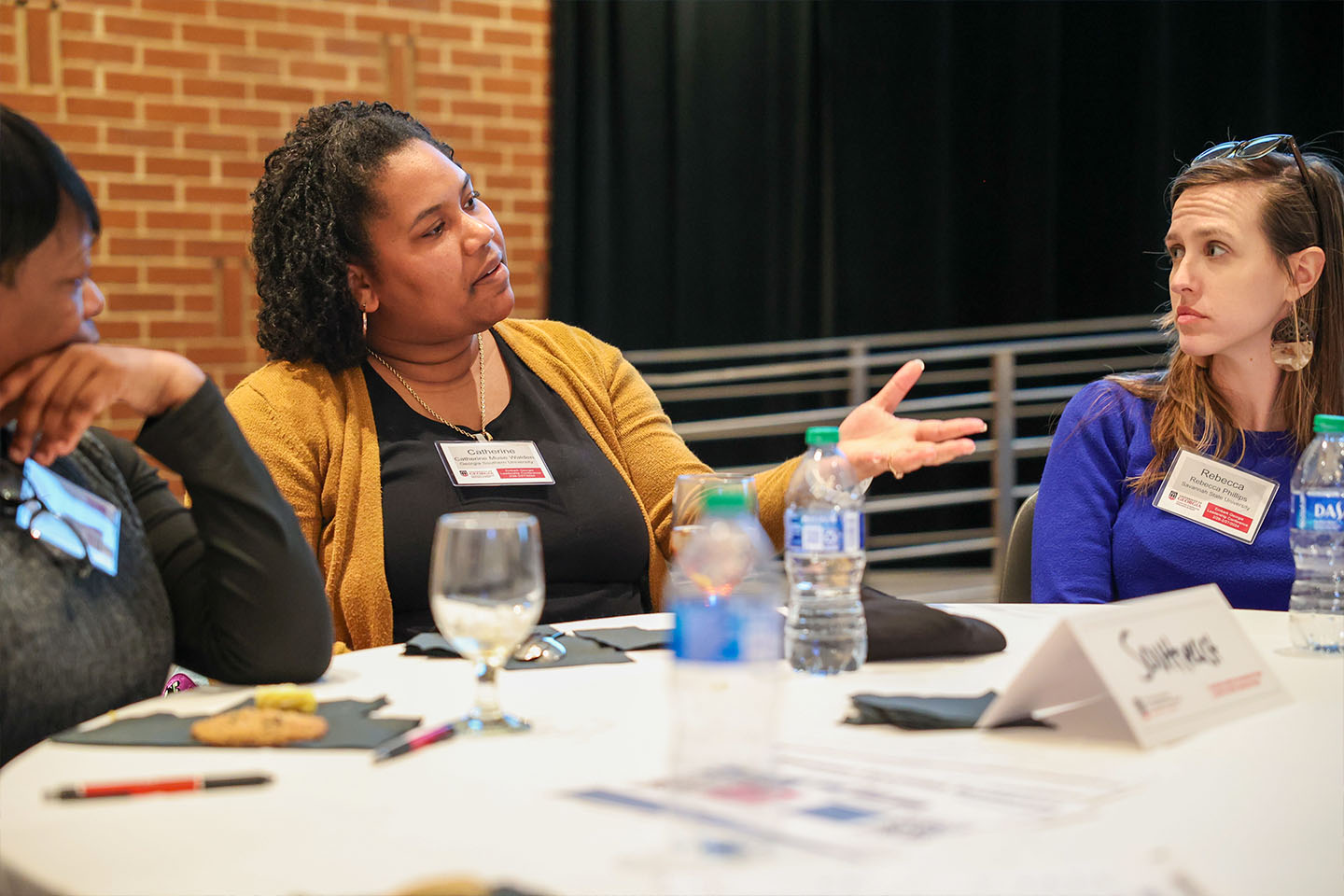“Things happen for a reason.”
That’s part of Mike Bainter’s outlook on life, and a recent “thing” was Mike’s sighting of a bottlenose dolphin struggling for its life in the Wilmington River about five miles from Wassaw Sound.
The female dolphin was entangled in a blue crab-pot buoy line and in danger of drowning, a circumstance that probably would have also led to the eventual death of her calf, which was swimming near her.
Thanks to quick actions on the part of Mike and his stepfather Andrew Wallace and a team of rescuers from the University of Georgia Marine Extension Service on Skidaway Island and the Georgia Department of Natural Resources in Brunswick, the dolphin was cut loose from the crab-trap line and saved.
She and her baby were last seen by her rescuers “swimming and behaving normally,” according to a report on the incident by DNR wildlife biologist and marine mammal coordinator Clay George.
“This is the ninth dolphin documented entangled in blue crab fishing gear since 2004,” George told me on Monday from his office in Brunswick. “Six of those were still alive when found and were disentangled and released unharmed.
“One was observed swimming with a crab-pot buoy line wrapped around its fluke, but we were unable to disentangle it, and we don’t know its fate. The remaining two dolphins unfortunately were already dead when they were first discovered entangled.”
George termed the most recent entanglement on Aug. 1 “an incidental interaction” and said no one was at fault.
“The gear is out there in the water and, for reasons we don’t understand, every now and then an entanglement occurs,” he said.
Bainter, a marine artist from New Port Richey, Fla., and Wallace, a resident of Eclectic, Ala., had been participating in a fishing tournament held out of Hogan’s Marina on Wilmington Island. They were headed back to shore around noontime when they spotted the dolphin.
“I noticed a buoy and a bunch of splashing going on,” said Bainter.
Investigating, he and Wallace found “a dolphin tangled up in one of those traps — it looked like its tail was lassoed.”
“She looked like she was under a lot of duress,” Bainter said.
Indeed, the buoy line was “entangled tightly around her flukes and peduncle,” George wrote in his report, referring to the dolphin’s tail section. “The dolphin appeared to be lifting the pot off the bottom of the river in order to reach the surface to breathe.”
Fearing for the life of the dolphin and its baby, Bainter called 911 at 12:30 p.m., and, following protocol, a Savannah-Chatham police dispatcher reached then contacted George, who also heads our state’s marine mammal stranding network.
Knowing he had little time to spare, George called John “Crawfish” Crawford, his network contact in Savannah and a longtime member of the faculty of the Marine Extension Service aquarium on Skidaway.
“We’re in Brunswick,” George told me, “… and I needed somebody who could respond quickly.
“I’ve worked with John for years, and he’s very capable.”
Crawford, a naturalist and marine education specialist for more than two decades, said he “grabbed” two other faculty members, Mary Sweeney-Reeves and Devin Dumont, and rushed off by boat in search of the dolphin.
They located her at 1:20 p.m., and, reported George, “they pulled the buoy line toward the boat, and several attempts were made to cut the line loose …, but the dolphin was thrashing its flukes too wildly.”
So they affixed two polyball flotation devices to the line “in order to buoy the crab pot and keep the dolphin from drowning,” said George, adding that, “afterward, the dolphin was able to breathe normally.”
George and another DNR staffer, Nicole Brandt, arrived on the scene in the river south of Sister Island at 3:10 p.m. With Brandt photo-documenting the rescue from the DNR boat, George joined the trio from Skidaway on their skiff.
Working together, the four rescuers disentangled the dolphin from the line. She was swimming free at 3:20 and, said George, “did not appear to be seriously injured.”
“We were fortunate to get there in time to keep the animal from drowning,” he said of the response by all involved.
According to George, the event was the first disentanglement of a living dolphin involving Marine Extension Service staffers since 2006, when a dolphin in distress was rescued in Wassaw Sound.
In an email concerning the Aug. 1 rescue, Crawford summed up the sentiments of those who took part by stating: “Needless to say, we are all feeling great about being able to help out this dolphin family.”



